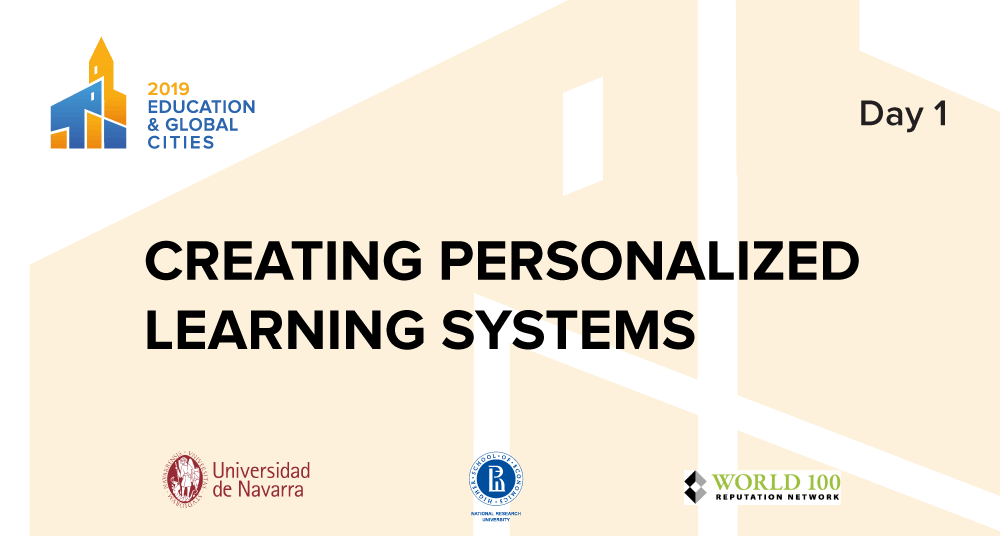Personalised Learning—Is It the Future or Already a Reality?
The digital revolution, globalisation and the competition for talent have led to a relatively new trend in higher education—personalisation. What needs to be done to make personalisation not just a trend but a reality for modern universities? Participants in the plenary discussion ‘Creating Personalised Learning Systems’ will be sharing the most effective ways in which their universities implemented this concept.

Universities have been looking for new ways to customise course content and educational technology, and to tailor academic and career support to the needs of students in both group and individual contexts, their learning styles and their career aspirations. Long accustomed to the personalised services of Amazon and Spotify, the new generation of students is no longer willing to use standardised educational services designed for the average student. In this regard, personalisation has acquired a broader meaning and understanding than the individual and differentiated approaches to learning that are already well-known.
What is personalised learning?
Today, personalisation is a key trend that touches all aspects of the student experience. ‘Personalised learning involves, at the very least, an individualised academic trajectory developed in collaboration with a mentor,’ explains Tatyana Stanko, Vice Rector for Development, Tupolev Kazan National Research Technical University. ‘And this trajectory changes over the course of the student's studies. Moreover, students themselves set the pace—upon completing an educational module, they can think about where and how to put the knowledge and skills they have gained into practice, or engage in hands-on work for a while. Then, when there is a need for new knowledge, they can return to their studies. Unfortunately, so far, it has been quite difficult for universities to implement this approach.’
Oksana Anistratenko, Programme Director of the Social Investments and Innovations Agency, adds that for students, individual learning means much more than just 'assembling a jigsaw puzzle' of courses. The Aristotelian tradition, in which teachers spent hours discussing the nature of being with a small number of students, provides an example of the earliest form of personalised learning, wherein each student could be given attention. Now this kind of individualised tutelage is possible only at the postgraduate level. But this does not mean that personalised learning is impossible at the undergraduate level. At the same time, teachers are responsible for teaching students not only fundamental knowledge, but also for teaching them how to learn, instilling in them the importance of lifelong learning, as well as helping them develop emotional intelligence and the necessary skills of the 21st century, the importance of which is widely acknowledged.
Trends of the future
‘Many believe that with this approach, it is technology, not teachers, that comes first,’ Oksana Anistratenko says. ‘Artificial intelligence and big data can help identify students' individual needs, and provide access to courses of interest, including online courses,’ she continues. ‘However, the human aspect—acknowledgment of their value as an individual and human interaction—is important for students, so I do not believe that technology will completely replace face-to-face communication between students and teachers or mentors. To the contrary, face-to-face communication will become the most valued element of the teaching process,’ Tatyana Stanko adds.
Satisfaction and student performance
‘If we understand personalised learning as a set of factors such as individual tracks, opportunities for development of social skills through a practice-oriented approach, interaction with teachers and classmates in small groups, then this, ultimately, has a positive effect,’ sums up Oksana Anistratenko. ‘Annually, Gallup conducts sociological research on the factors that influence student success. Indeed, the more opportunities students have in terms of choosing what they study, the lower the student-to-teacher ratio, and the more extracurricular activities students have, the higher their satisfaction with the learning process is.’

